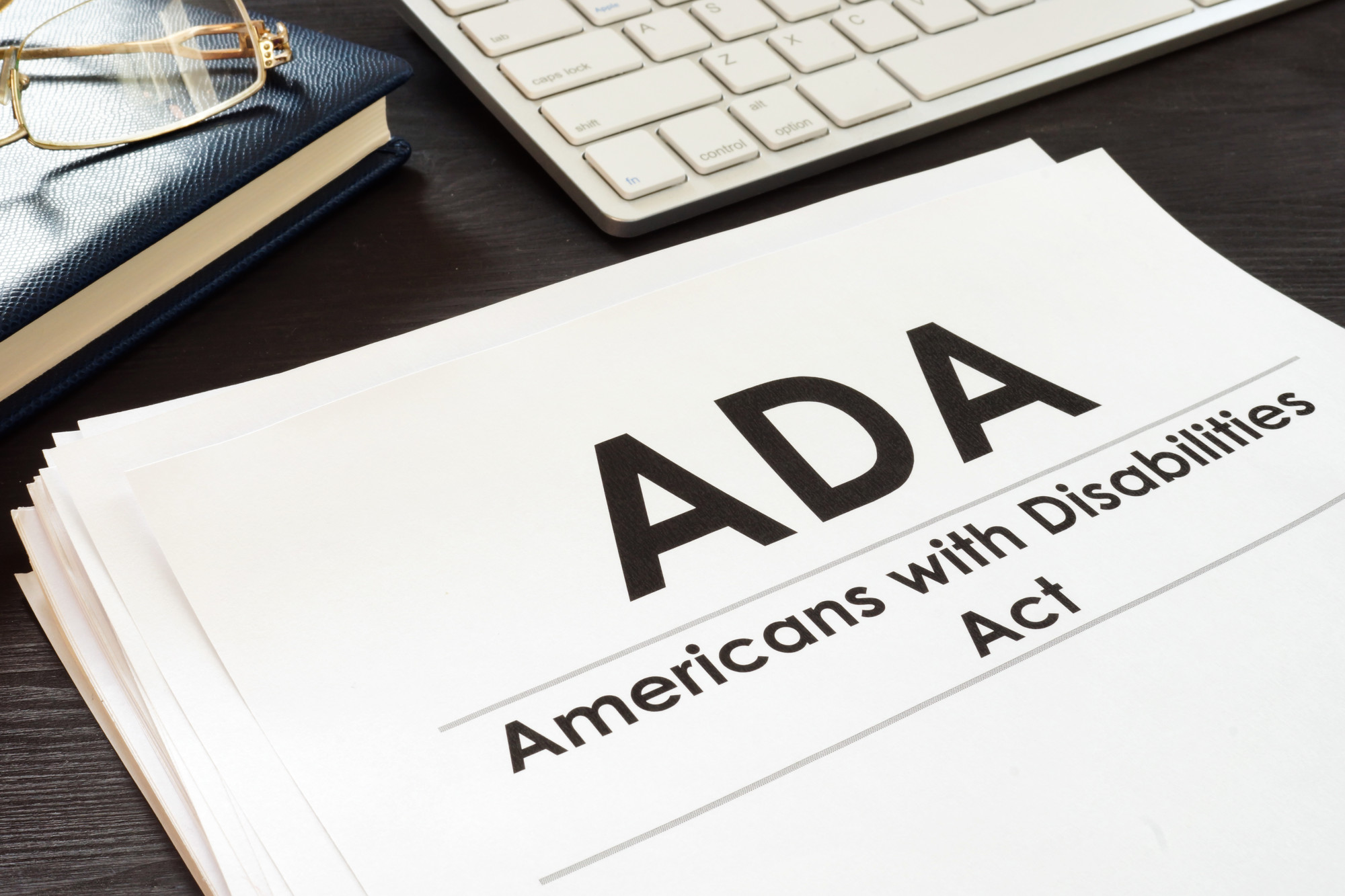
In July of 1990, America passed the Americans with Disabilities Act. It sought to change how our disabled neighbors have access to the built environment.
In honor of that anniversary, the ADA and United Census Bureau teamed up to release data that found that over 12% of the population lives with a disability of some kind. Imagine if all of those people couldn’t use the subway, hail a cab, or find their classroom in a crowded university hall. We would be living in an incomplete society.
Following ADA signage requirements is not only the right thing to do to ensure accessibility, but it is also the law. Keep reading to learn more about ADA signs.
Where Are ADA Signs Required?
The short answer is this: the only place an ADA sign is not required is outside or inside of a private residence. However, there are exceptions even to this.
For example, if you run a small business out of your home and can expect clients to visit or if you have an employee, you should have an ADA-compliant sign.
There are also specific types of signs that should comply with ADA guidelines. For example, there are directional, informational, and identification signs. And every kind of sign has its own provisions to include.
In particular, ADA exit signage requirements fall under both directional and identification.
Whether this type of sign marks a doorway or an exit path, it must feature braille signs and tactile characters. If it’s marking a route, it must have a raised representation of direction.
Other areas where ADA signage is necessary are on evacuation routes and next to inaccessible areas of a building, such as a restroom without an accessible stall. In this case, the sign must also point the user toward the nearest accessible spot.
Characteristics of ADA Compliant Signs
When you buy ADA-compliant signs, they all have a few things in common. For one, the signs must feature a background and type with strong contrasting colors, such as a black background with a white type, or vice versa. Another of the ADA signage requirements asks that signs be made matte, or without glare.
Some signs also require the addition of a pictogram to help visitors locate specific handicapped accessible features. One that you are likely familiar with is the international symbol of accessibility or ISA, which is a line illustration of a person in a wheelchair. Another common one is the international symbol of access for hearing loss, which directs people to assisted listening devices or other hearing assistive technology.
The ADA also specifies a mounting height of at least 48 inches and no higher than 60 inches, as measured from the floor.
Common Ways Signs Don’t Comply With ADA Signage Requirements
There are ADA signage requirements for every possible scenario or need. Because of this, many are not in total compliance.
The issue that appears most often is poor contrast between the background and type on a sign. This happens due to the incorrect assumption that if their sign features braille, they have accommodated those with limited vision.
However, the over 300,000 people living in the US with low vision may have developed vision loss later in life and have never used braille before. Having a high-contrast, low-glare sign gives those people access.
There are many other ways to not be in compliance, and there are a lot of rules to learn. If you need help, consider purchasing ADA signs from a business that specializes in creating them. It’s the best way to ensure your business is completely accessible.
Compliance Equals Accessibility
ADA signage requirements are there to help create spaces where people with varying disabilities can lead a full and dignified life. Without these signs, something as simple as using a public restroom could be impossible without relying on help from others.
If you enjoyed this read, be sure to explore more articles on our website.





